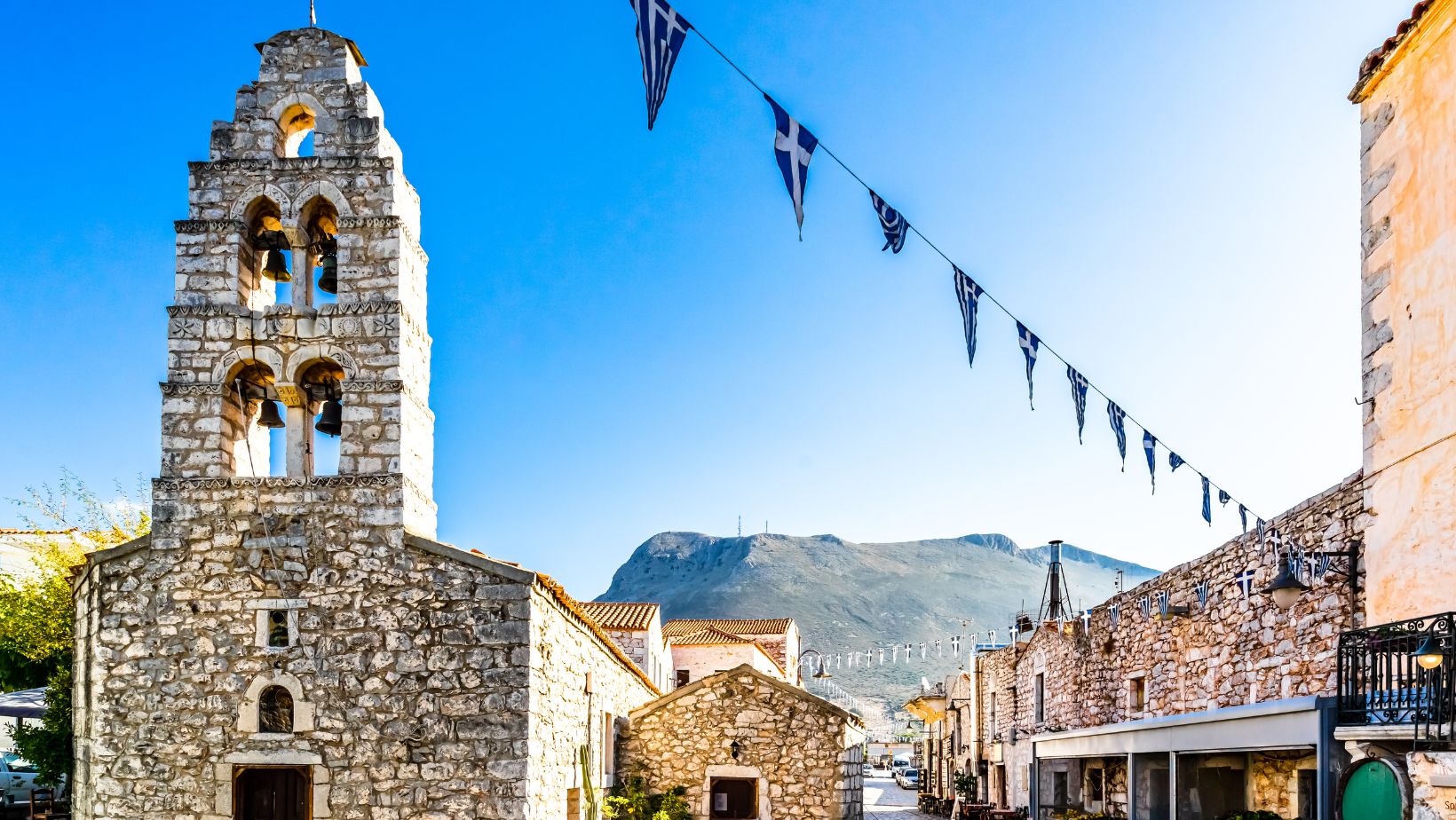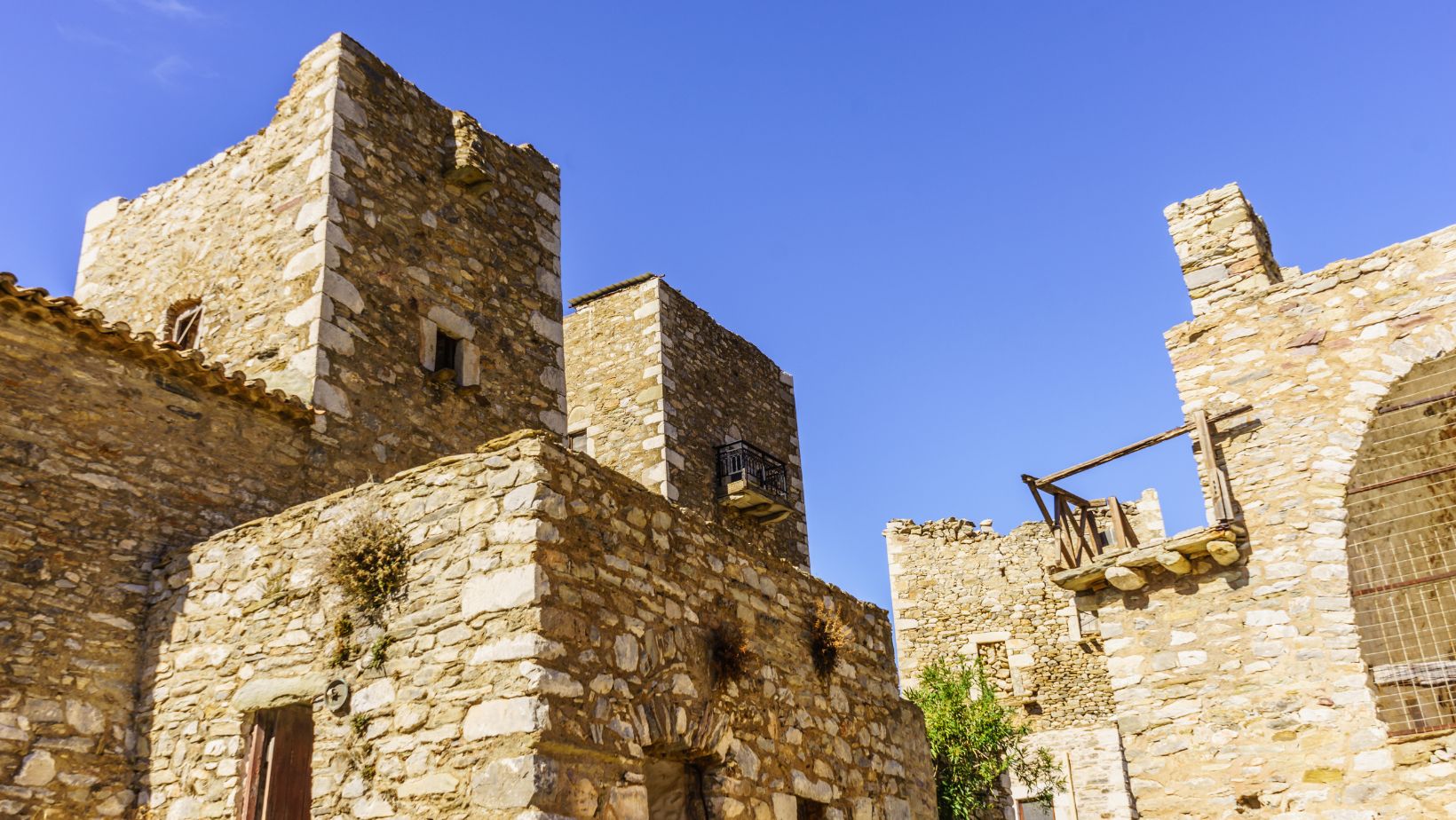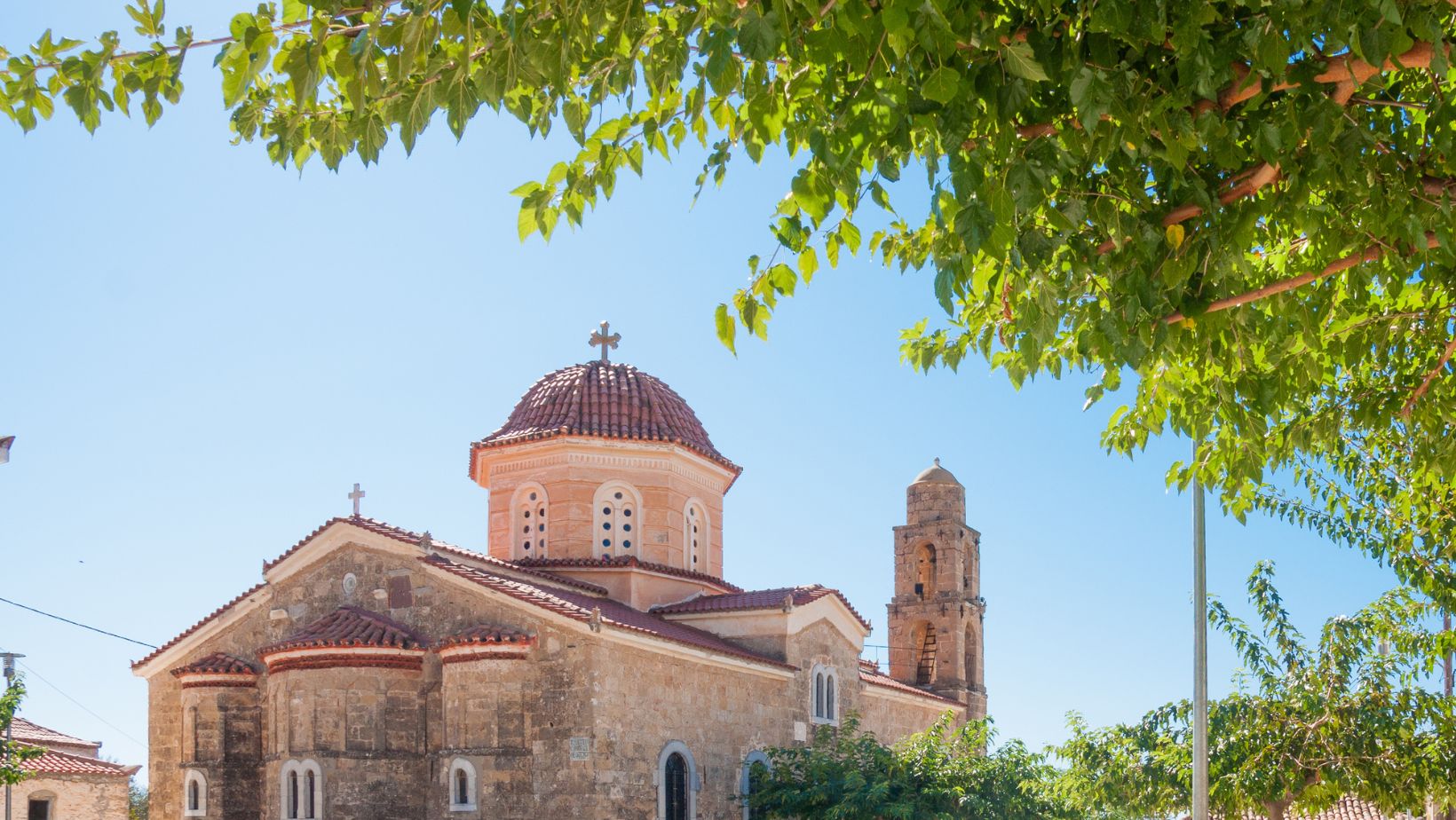Mani is a region in the southern part of Greece that is steeped in history and culture. From its ancient roots to its modern-day traditions, Mani has a rich and fascinating history that is worth exploring. This comprehensive guide will take you on a journey through time, from the earliest settlements to the present day.

The Ancient Roots of Mani.
Mani has a long and rich history that dates back to ancient times. The ancient Greeks inhabited the region and established settlements in the area as early as the 8th century BC. These early settlements were primarily focused on agriculture and trade, and the region quickly became an important centre of commerce and culture. Over time, Mani became known for its unique architecture, including its distinctive tower houses, which were built for defensive purposes. Today, these tower houses are a symbol of the region’s rich history and cultural heritage.

The Byzantine Era and the Rise of Christianity.
During the Byzantine era, Mani played an important role in the spread of Christianity. The region was home to many monasteries and churches, and it became a centre of religious learning and scholarship. The monks of Mani were known for their piety and devotion, and they played a key role in preserving and spreading the teachings of the Christian faith. Today, many of these ancient churches and monasteries still stand, and they continue to be important centres of worship and pilgrimage for Christians worldwide.
Ottoman Rule and the Struggle for Independence.
In the 16th century, Mani fell under Ottoman rule and remained so for over 300 years. During this time, the Maniots fiercely resisted Ottoman authority and maintained their independence through a series of uprisings and battles. The most famous was the Maniot War of 1770, led by the legendary hero Theodoros Kolokotronis. Despite their valiant efforts, the Maniots were eventually defeated and forced to submit to Ottoman rule. However, their struggle for independence continued, and in the 19th century, they played a key role in the Greek War of Independence, which ultimately led to the establishment of the modern Greek state. Today, the Maniots are proud of their history of resistance and continue to celebrate their independence and cultural heritage.

Modern-Day Mani: Culture and Traditions.
Today, Mani is a popular tourist destination known for its stunning natural beauty, rich history, and unique culture. The Maniots have preserved many of their ancient traditions, including their distinctive architecture, music, and dance. Visitors can explore the region’s many historic sites, such as the fortified tower houses that dot the landscape, or attend one of the many cultural festivals that take place throughout the year. The Maniots are also known for their delicious cuisine, which features locally sourced ingredients and traditional recipes passed down through generations. Despite the challenges of modern life, the people of Mani remain deeply connected to their heritage and are committed to preserving their culture for future generations.
The Future of Mani: Preserving the Past and Embracing the Present.
While Mani has a rich history and culture, it is also important to look towards the future and ensure that these traditions are preserved for generations to come. Efforts are being made to protect the region’s natural beauty and historic sites, while also promoting sustainable tourism that benefits the local community. The Maniots are also embracing modern technology and innovation, while still maintaining their unique identity and traditions. By balancing the past and present, Mani can continue to thrive as a vibrant and dynamic region that celebrates its rich history and culture.
